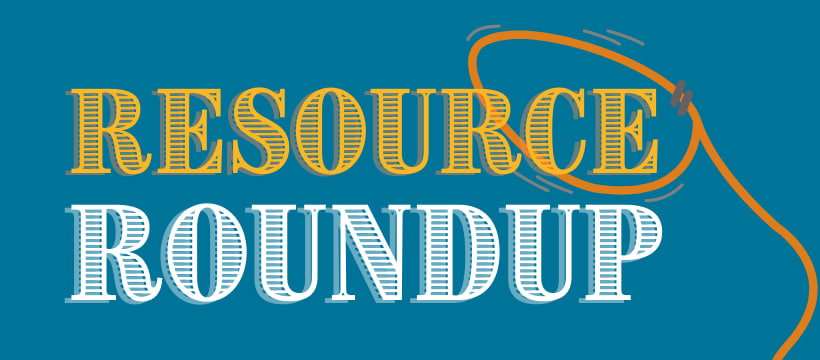In an age where information is abundant but often overwhelming, resource roundups have emerged as a valuable tool for individuals seeking to streamline their learning and discovery processes. These curated collections of resources—from articles and videos to tools and guides—help users quickly access relevant information on specific topics. In this article, we’ll explore what resource roundups are, their benefits, and how to create effective ones.

What is a Resource Roundup?
A resource roundup is a compilation of various resources related to a particular theme or subject. It typically includes links to articles, blog posts, podcasts, videos, tools, and other media that provide valuable insights or practical advice. Resource roundups can cover a wide range of topics, from health and wellness to technology and education.

Benefits of Resource Roundups
- Time-Saving: Instead of spending hours searching for information, users can find everything they need in one place. This efficiency makes resource roundups especially useful for busy professionals and students.
- Curated Quality: By compiling only the best resources, roundups often include high-quality content that has been vetted for accuracy and relevance. This curation helps users avoid misinformation.
- Diverse Perspectives: Resource roundups often feature a variety of voices and viewpoints, allowing users to gain a well-rounded understanding of a topic.
- Enhanced Learning: Curated resources can facilitate deeper learning by guiding users through complex subjects with structured content.
- Community Engagement: Many resource roundups invite contributions from readers, fostering a sense of community and collaboration.
How to Create an Effective Resource Roundup
Creating a resource roundup can be a rewarding endeavor.
- Choose a Focused Topic: Select a specific subject area that you are passionate about or that your audience needs. A well-defined focus helps streamline the selection process.
- Research and Curate: Spend time gathering resources from credible sources. Look for a mix of formats—articles, videos, infographics, and tools—to cater to different learning styles.
- Organize the Content: Group the resources logically. You might categorize them by theme, format, or level of expertise, making it easier for users to navigate.
- Provide Context: Introduce each resource with a brief description that explains its relevance. This context helps users understand why they should explore the material.
- Update Regularly: Information changes rapidly, so regularly revisit and update your roundup to ensure it remains current and relevant.
- Encourage Engagement: Invite feedback and contributions from your audience. This engagement can enrich the content and create a sense of community.
- Promote Your Roundup: Share your roundup through social media, newsletters, and online communities to reach a wider audience. The more visibility it gains, the more valuable it becomes.
Recommendation : SITES LEARN SEO







